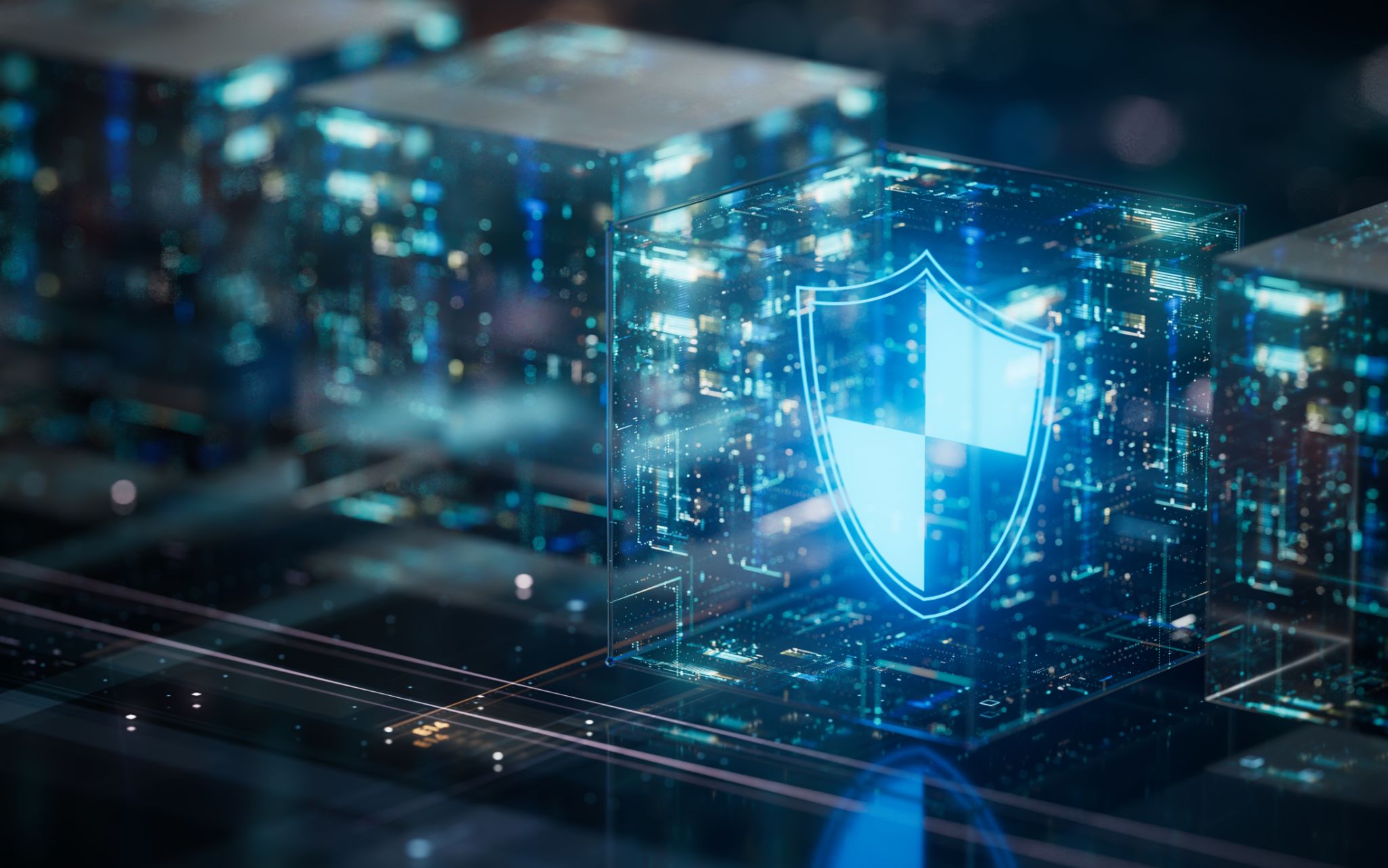Implementing Advanced Cybersecurity Measures for Companies: A Comprehensive Guide
In today's digital era, securing company data has become more crucial than ever. With cyber threats evolving rapidly, businesses must implement advanced cybersecurity measures to safeguard their sensitive information. This guide provides a comprehensive overview of the steps necessary to bolster your company's cybersecurity framework.

Understanding the Importance of Cybersecurity
Cybersecurity is no longer just an IT issue; it is a critical component of overall business strategy. A single data breach can result in significant financial loss and damage to your company's reputation. Therefore, understanding the importance of cybersecurity and taking proactive steps to enhance it is vital for all businesses.
Investing in cybersecurity not only protects your assets but also builds trust with customers and stakeholders. It demonstrates your commitment to safeguarding their data, which can be a significant competitive advantage in today's market.
Assessing Your Current Cybersecurity Posture
Before implementing advanced measures, it's essential to evaluate your current cybersecurity posture. This involves conducting a thorough risk assessment to identify potential vulnerabilities and threats. By understanding your existing security landscape, you can prioritize areas that require immediate attention.
A comprehensive risk assessment should include:
- Identifying critical assets and data
- Evaluating current security controls
- Assessing potential threats and vulnerabilities
- Analyzing the impact of potential security incidents

Implementing Advanced Security Technologies
Once you have a clear understanding of your cybersecurity posture, you can implement advanced technologies to enhance your defenses. Consider incorporating the following solutions:
- Firewalls and Intrusion Detection Systems: These provide a first line of defense by monitoring and filtering incoming and outgoing network traffic.
- Encryption: Encrypt sensitive data both in transit and at rest to prevent unauthorized access.
- Multi-Factor Authentication (MFA): Add an extra layer of security by requiring multiple forms of verification before granting access.
- Endpoint Protection: Secure all endpoints, including mobile devices and laptops, against malware and other threats.
Training Employees on Cybersecurity Best Practices
Technology alone cannot guarantee security; employees play a crucial role in maintaining a secure environment. Regular training on cybersecurity best practices is essential to ensure that your team is prepared to recognize and respond to potential threats.

Topics to cover in training sessions include:
- Recognizing phishing attempts
- Creating strong passwords and managing them securely
- Understanding data privacy policies
- Reporting suspicious activities immediately
Continuous Monitoring and Improvement
Cybersecurity is not a one-time effort; it requires continuous monitoring and improvement. Regularly update your security policies and technologies to adapt to new threats. Conduct periodic audits and penetration tests to identify weaknesses and implement corrective actions.
By fostering a culture of security awareness and continuously enhancing your defenses, you can protect your business from evolving cyber threats and ensure long-term success.

